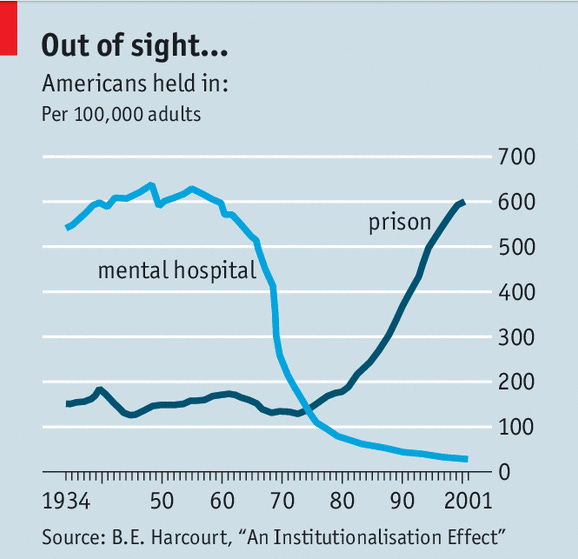Another nice sunny start to the day--the last day of May. I put the air conditioning on for the last three days. I have already been out on the patio to water plants. We picked up the potting mix I needed to finish filling the pots I want to fill. Saturday I will look at getting the remaining plants I need.
It seems too nice a day to think about this but better than in the middle of either a heat wave or a winter ice storm. Some years ago Ted Koppel wrote a book (Lights Out) about the fragile electric grid and its vulnerable to cyberattack. At that time he noted that replacing critical components could take 6 to 8 months. As the Doomberg article says the lag time in the replacement supply chain is more than a year. I couldn't read the whole article because the last half was behind a pay wall. But I hope the authors mentioned that the biggest problem with the supply chain is how much of it is outside the U.S.
I have been sardonically amused by the "debate" about the debt deal. What I have said about economic data and programs holds with this fiasco as well. The opinions entirely depend on what numbers the partisans are focused and the political "philosophy" they spout. I put philosophy in quotes because I don't want to imply they are really thinking systematically enough to have a real philosophy. They just have prejudices masquerading as a philosophy.
That State Farm Insurance has decided to no longer write homeowners policies in California because of the risks of wildfire and the escalating construction costs. What is surprising is that it took them as long as it has. Such insurance is difficult to get and very costly when the customer can get it at all on the east and gulf coasts after the very costly hurricane seasons of recent years.
I have seen stories on this issue for a while now. I see two different sources of the problem. One is the "organized retail theft" illustrated by the picture of the ski-masked thieves filling the carts with merchandise. I don't know when that picture was taken but it is reminiscent of stories during the Great Recession of Tide suddenly becoming a unit of currency on the streets. These are the people going after the high value values "in bulk." The second is picture of the "vagrant" taken down by the security people. Some of those may be after something of higher value but not in high volume. However, most of this group are homeless who may be going after food. However, the notion that many retailers are or are planning to abandon the cities because of the problem. If we think about that a moment we realize that the problem will simply be relocated to small cities and towns and the suburbs. Over the last decade we have seen several episodes of this. Our local Target was robbed of electronics several times within a single month. The nearby computer store shut down after the second smash and grab robbery cleaned them out--again within a couple of weeks. Our local meat market installed a series of concrete reinforced metal pylons in front of their door at the insistence of their insurance company after a robber smashed their door trying to rob a cash register (which is emptied every night.) If the retailers leave the big cities we can expect the theft to move out to where the merchandise is.

